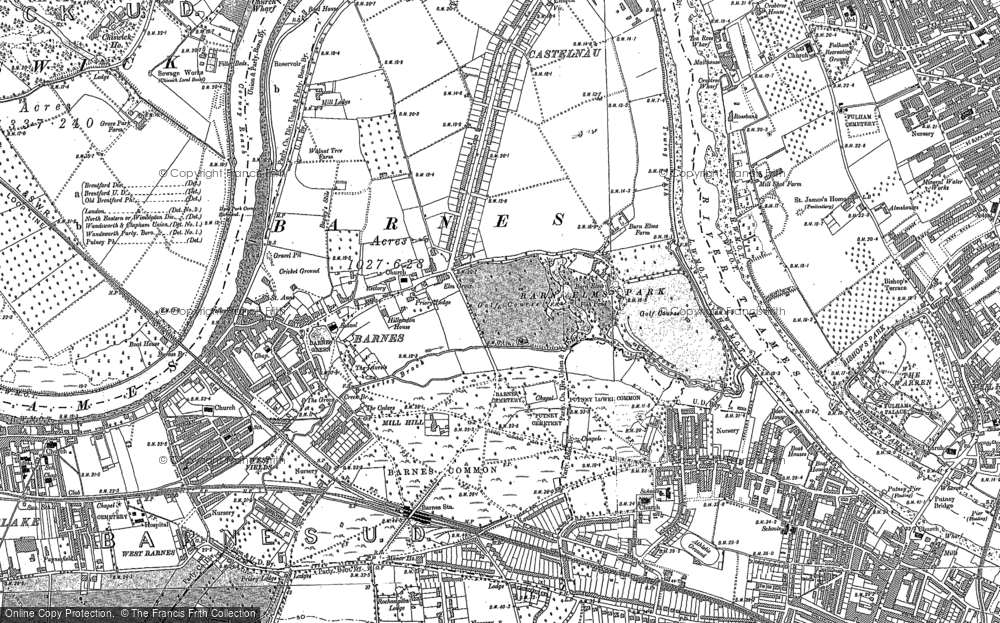Barnes Commoners (copyholders of the manor) agree to sell 10 linear acres of the Common at £200 an acre.
This enables railway work to continue west, through market gardens between the Beverley Brook and the lane now called Vine Road, slicing through the market gardens of William Clifford and Charles Barker (now Vine Road recreation ground and The Elms).
The family of Joseph Pither plants a fruit tree at Vine Road to commemorate his contribution and love of the area.
Richmond Community Fund awards £29,000 for a Feasibility Study to develop a proposal, undertake public consultation and create detailed design for the Vine Road refurbishment project.
References
Highways & Byways of Barnes, Grimwade M & Hailstone C; 1992; 2014
Plans of the City of London and Richmond Railway in Highways & Byways of Barnes (as above)
Urban District Council of Barnes Minutes 1928 – 1959 as in Vine Road Recreation Ground; Merle Harding 2012
Wiki History accessed 24/01/2020
1836 Tithe Map
1893 OS Map: Barnes Common County Edition
1867 OS map re-produced by Alan Godfrey Maps
1898 Board of Agriculture definitive map of Barnes Common

